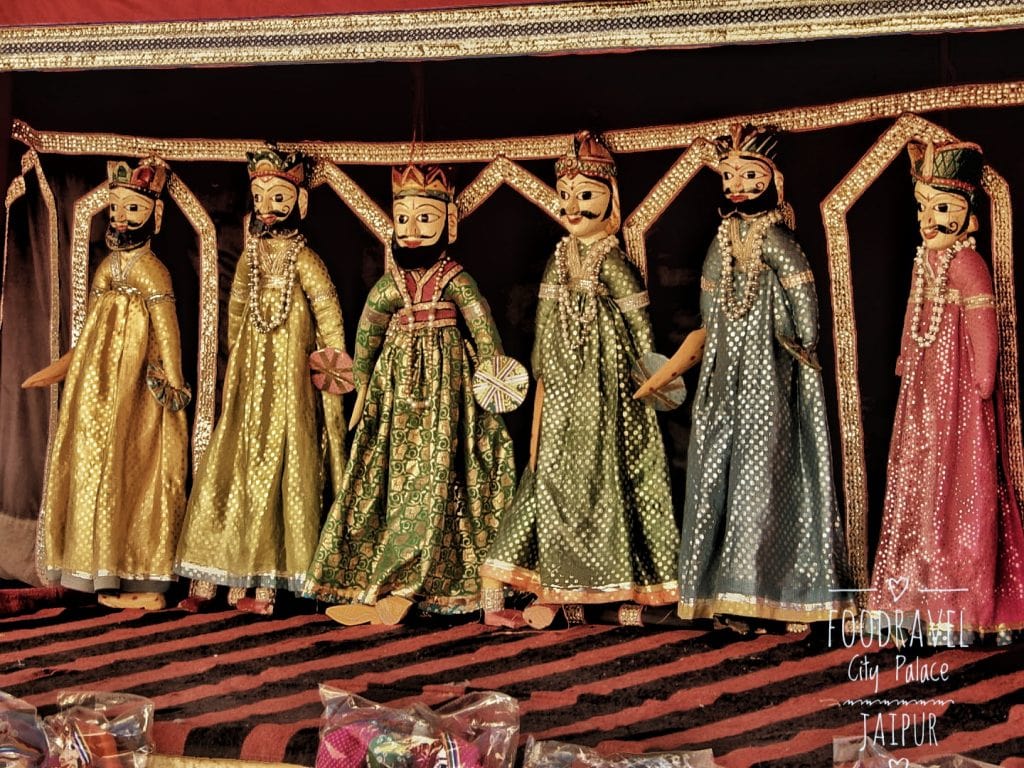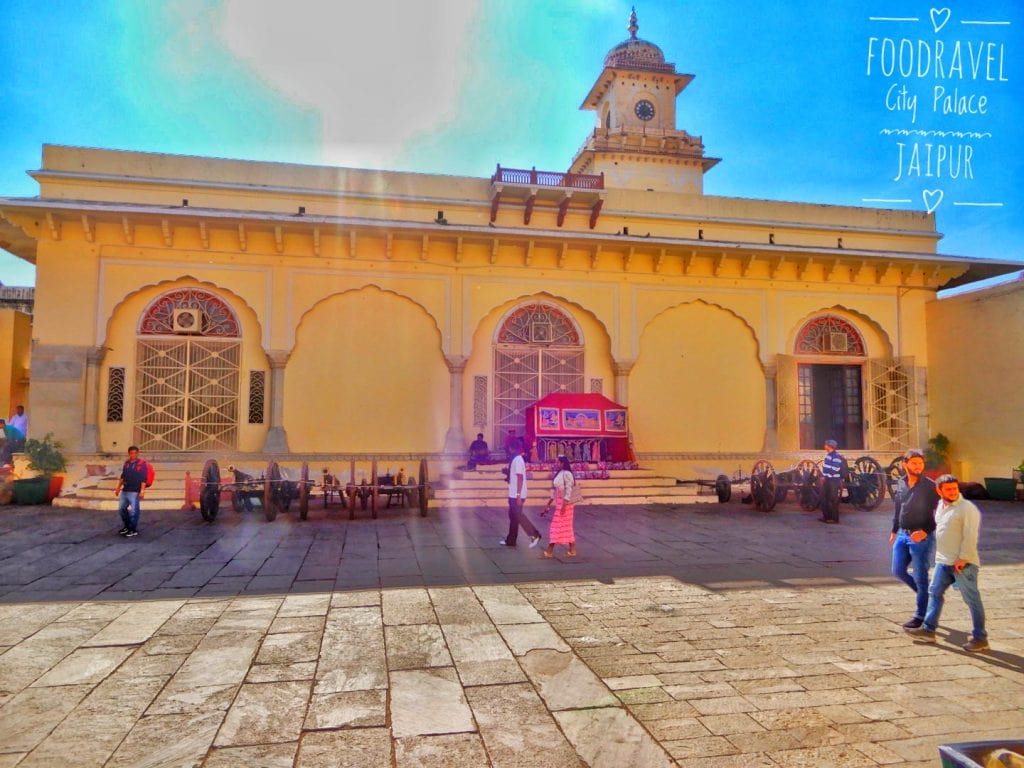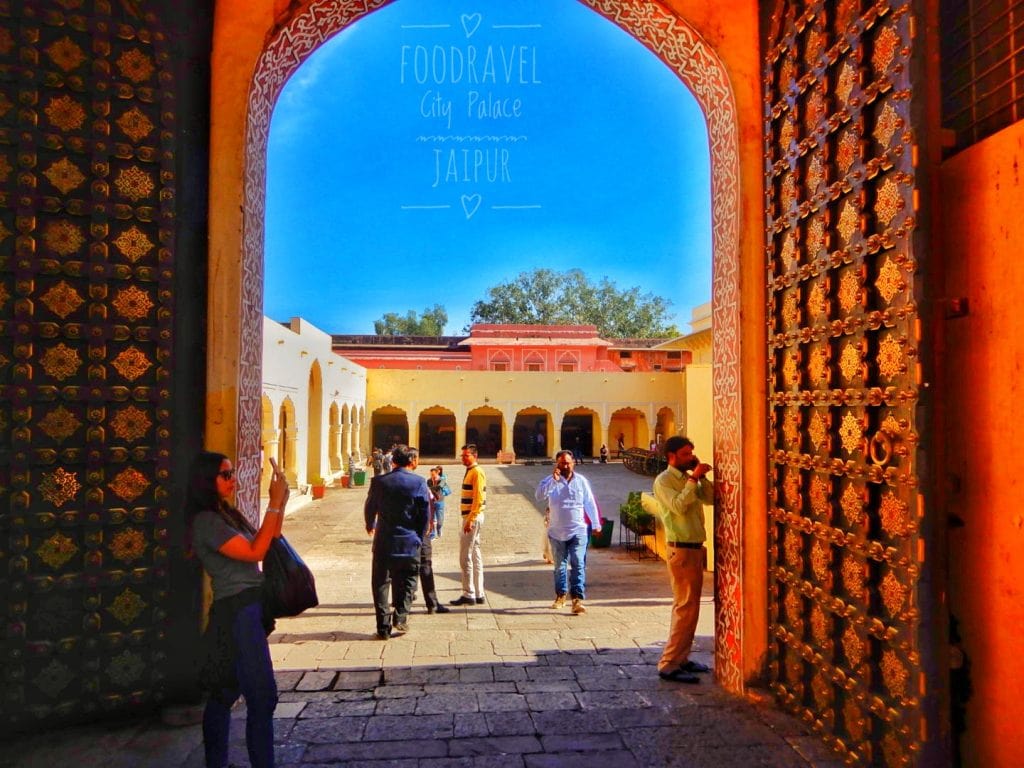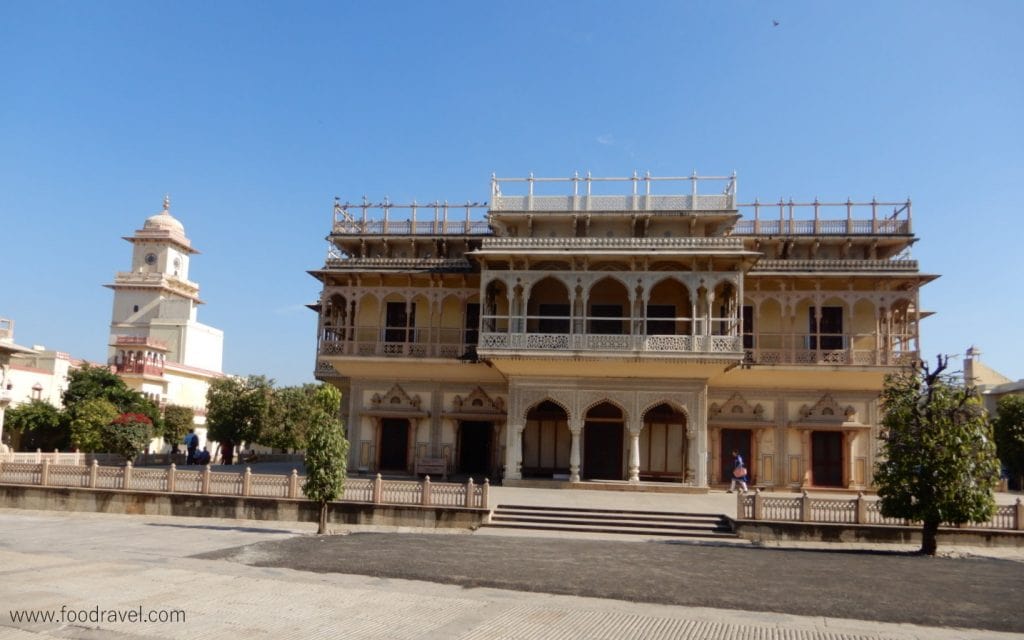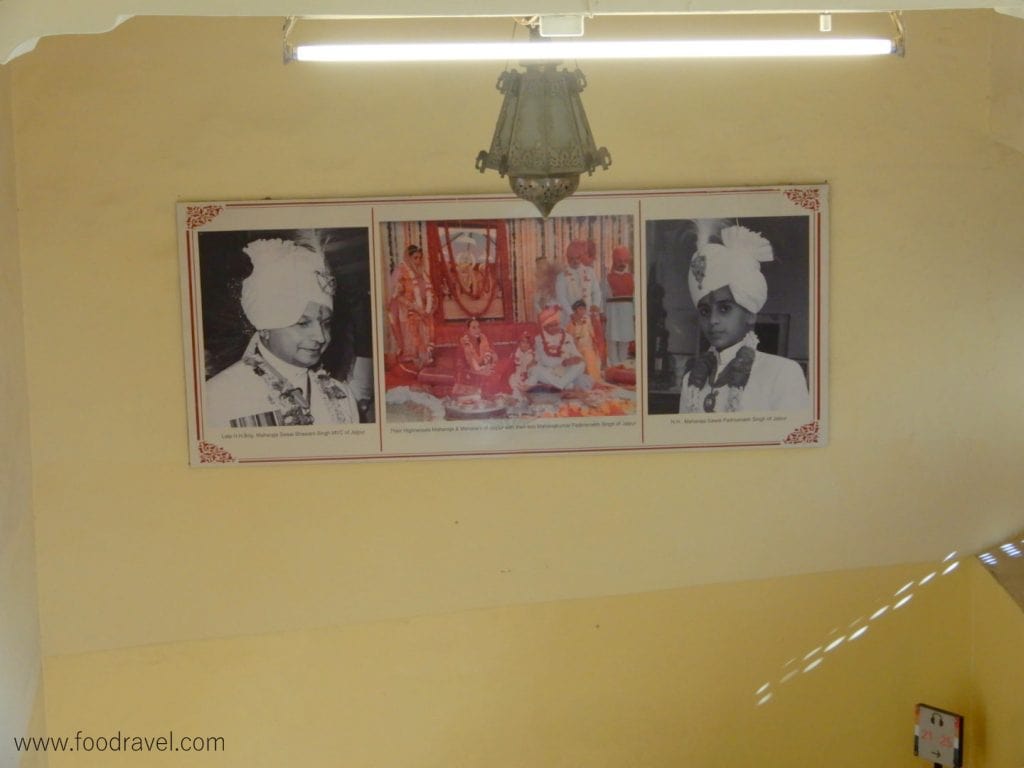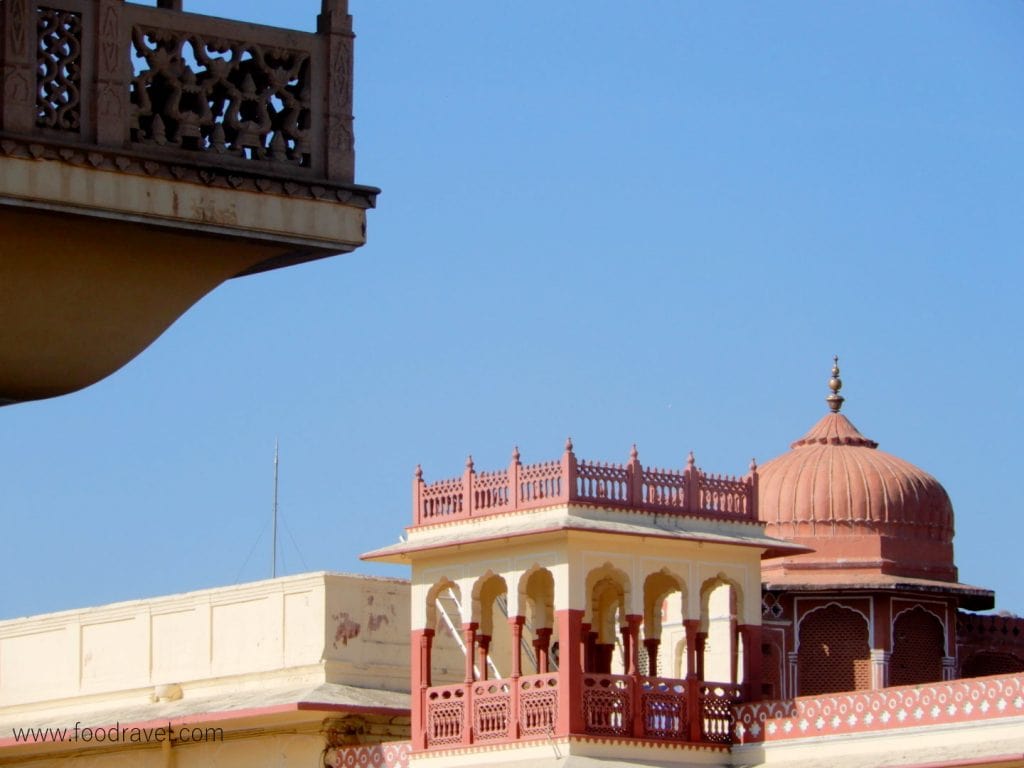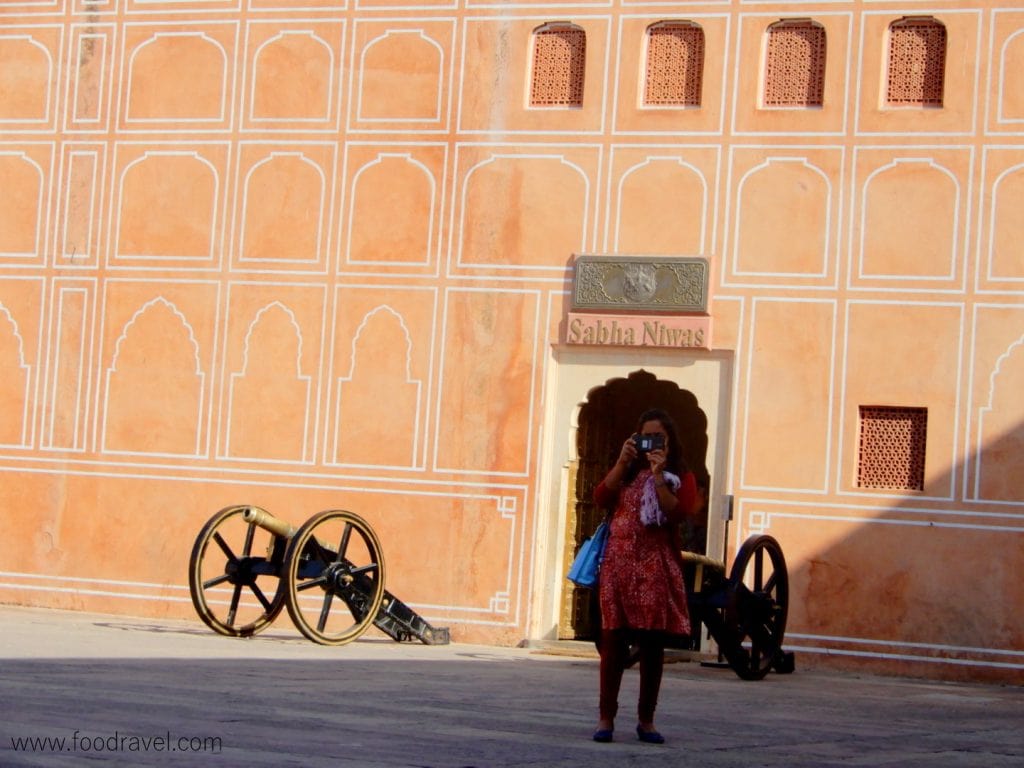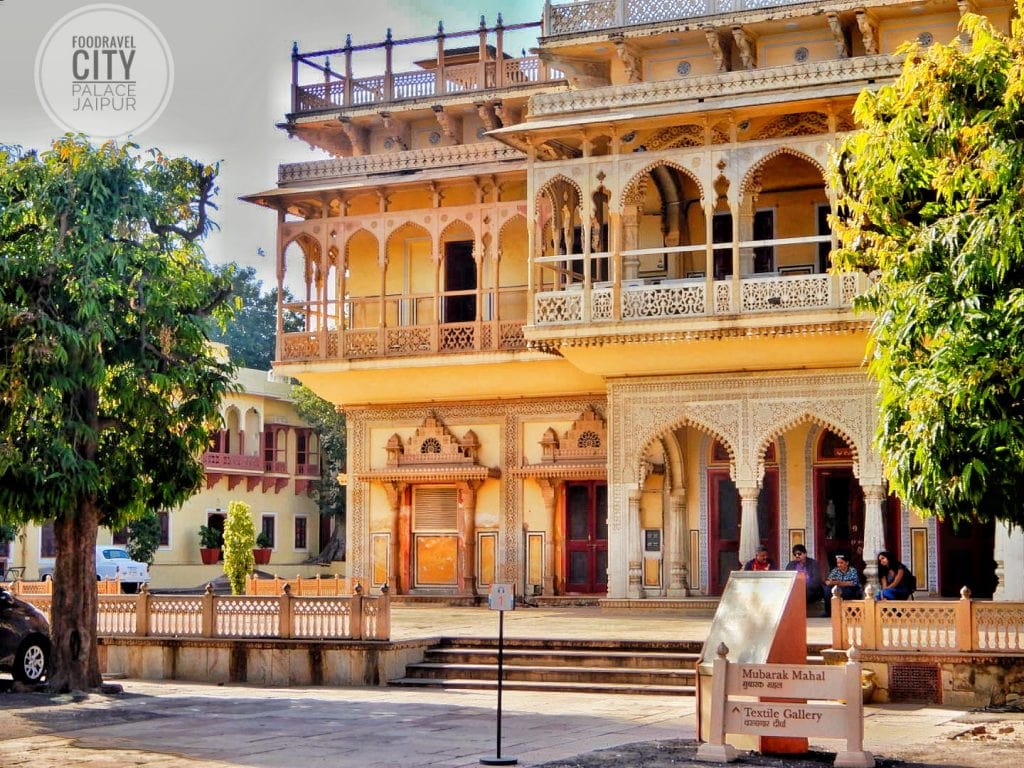After visiting Albert Hall Museum and Hawa Mahal, I headed my way to City Palace. City Palace was highly recommended and I planned the entire day for city palace. Jaipur is famous for its ancient royal heritage and history. City Palace is one such place where you will get a feel of that time when there were kings and you will come close to the lifestyle of Kachwaha Rajput kings. City Palace Jaipur is now a museum which houses many things related to the life of the kings from their personal lives to artillery and a lot other things.

City Palace is pretty big and several compartments of the palace are divided into many museums. In some museum, you will find the personal life objects of the king, including their clothes and amusement items, while at some place, you will get to see the arms and weapons used by the kings Hence, City Palace Jaipur is a must to visit place when you are around as it will give you a lot of information. Visiting this place can be a great educational visit for the students. I am sure you gonna enjoy travelling to this place. I prefer travelling alone.
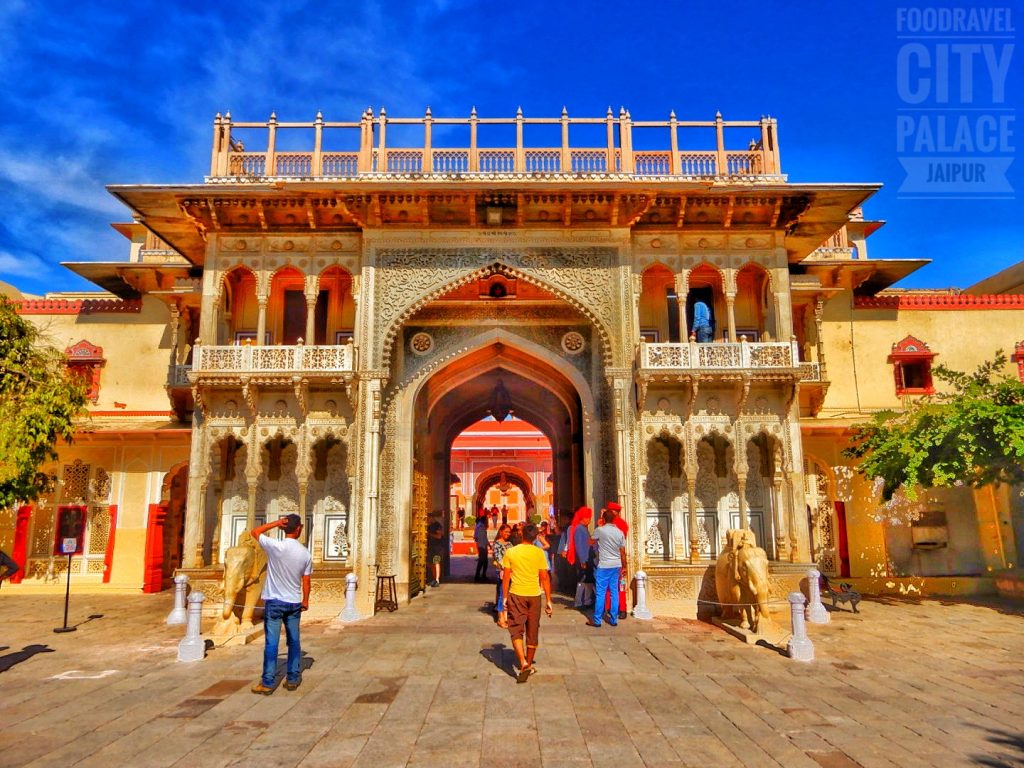
Main Highlights of City Palace Jaipur – Information for Visitors
- Visiting Time – 9:00AM to 5:00PM
- City Palace Jaipur is famous for its history, culture and monuments.
- City Palace entry fee: 100 INR for Indians and 400 INR for foreigners
- Built by – Maharaja Sawai Jai Singh II
- Construction started in 1729 and finished in 1732.
- Best place for History, art and architecture lovers
- How to Reach – easily accessible, you can take auto, bus, or cab to reach. You can visit Hawa Mahal on the way. I took an e-riksha from Albert Hall to City Palace in 60 INR.

City Palace Jaipur – A look at the Pages of History
Jaipur is a well-structured city of medieval India. There are 9 blocks in which the city is divided. City Palace is located at the centre of Jaipur city. The construction of City Palace started in 1729 and finished in 1732. Maharaja Sawai Jai Singh II got this place built. The place is chiefly built with red and pink sandstones. Vidhaydhar Bhattacharya was the chief architecture of this monument.


The palace is divided into several parts known such as Mubarak Mahal, Chandra Mahal etc. People mostly visit Mukut Mahal, Mubarak Mahal, Maharani’s Palace, City Palace museum etc. The adopted son of Maharaja Madho Singh II, Maharaja Man Singh II was the last to rule from Chandra Mahal Palace. Though the place still remained the living place for the royal family when Jaipur was merged with the Indian Union in 1949. Maharaja Man Singh II became the Rajapramukh (governor).
City Palace Jaipur – Main Structures
The building is divided into several parts. Let us visit them one by one.
Entrance Gates of City Palace
The entry gates of City Palace include Tripolia Gate, Udai Pol and Virendra Pol. Tripolia Gate is used by the royal family for entrance whereas the common people can enter via Udai Pol or Virendra Pol. If you enter from Virendra Pol, you will head towards Mubarak Mahal. Every gate way is decorated with mesmerizing beauty.
Mubarak Mahal – The First Place to Visit
A mixture of Rajput, European and Islamic architecture, this place is beautifully constructed. It was built as reception centre by Maharaja Madho Singh. Presently, it is a museum and has textiles including the royal costumes worn by the Kings, block prints, Kashmiri pashminas, embroidered shawls, silk saris etc. The place also displays the clothes which Sawai Madhosingh I used to wear which measure 1.2 metres wide.

Chandra Mahal
Also known as Chandra Niwas is a beautiful place in the main complex towards west end. A seven storeyed building, every building has got unique names such as Sukh Niwas, Ranga Mandir, Pitam Niwas, Ranga Mandir, Chabi Niwas, Shri Niwas and Mukut Mahal. At the top of Chandra Mahal, is the royal flag of the king’s family measuring ne and quarter size.

Pritam Niwas Chowk
This place is located in the inner courtyard. From there, you can enter Chandra Mahal. There are small, four gates named Northeast Peacock Gate Southeast Lotus Gate Northwest Green Gate, Rose Gate.
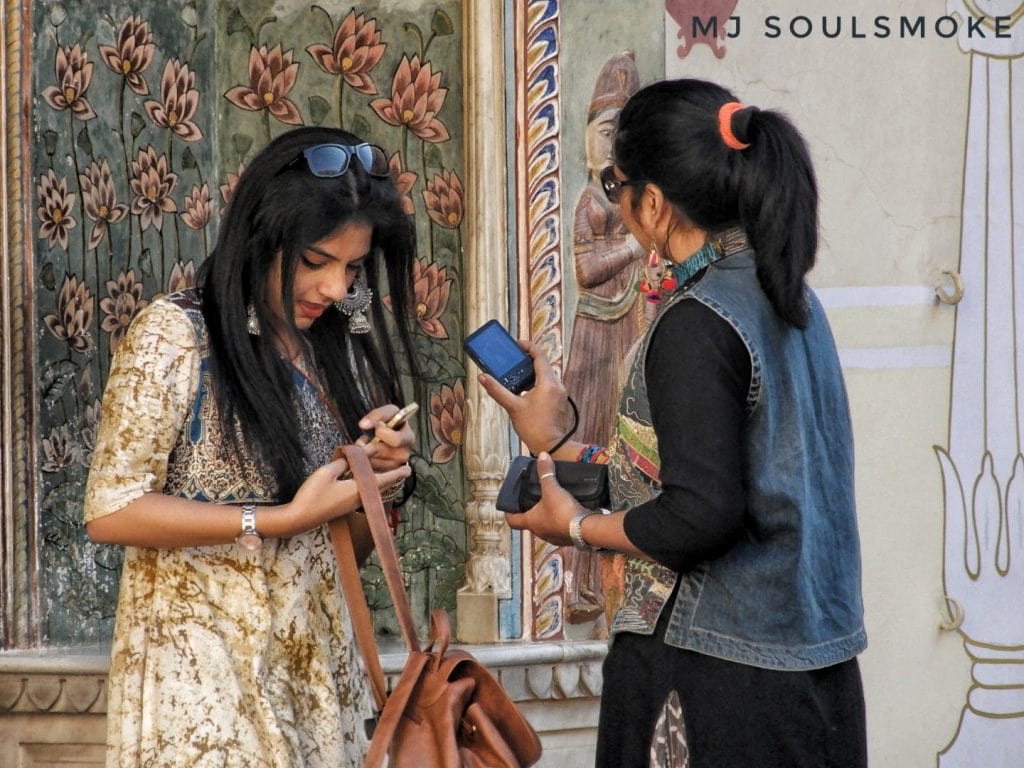

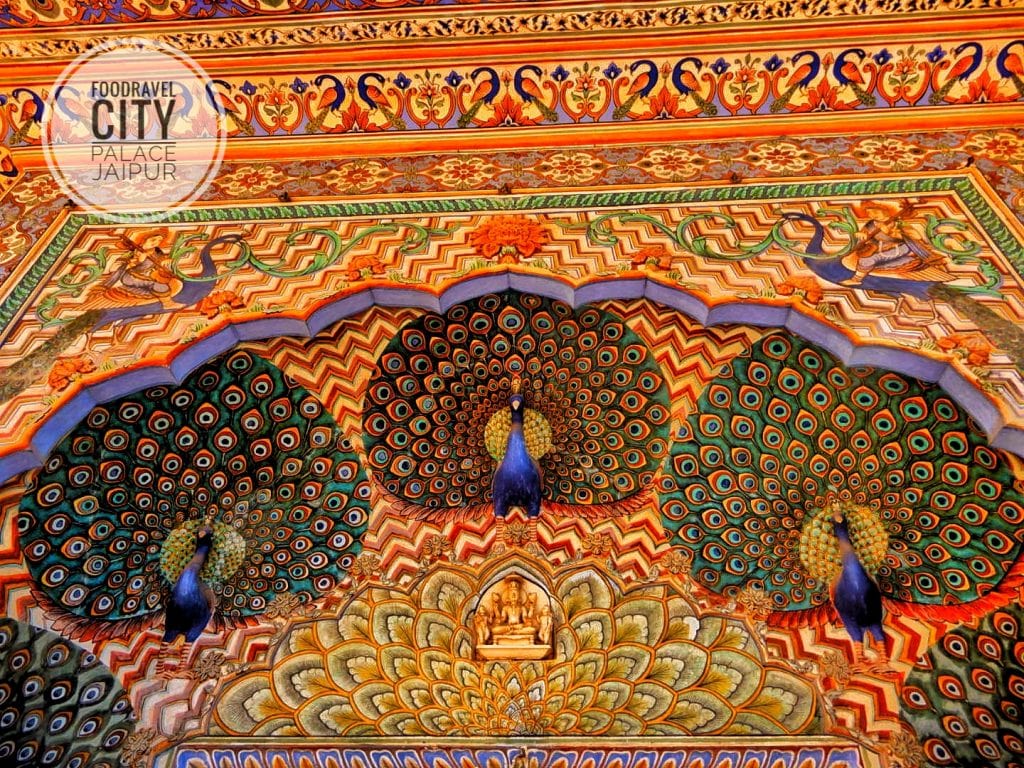
Diwan – I – Aam – Place for Public
This is a hall for public. The place is built with marbles. The complex has two big sized silver vessels which measure 16 metres (5.2ft). These vessels can hold 4000 litres of water and weigh 340KG. It is said that these vessels are made from 14,000 silver coins melted without any soldering. These vessels have their name in Guinness World Record for being the largest sterling silver vessels. When I was having a look at them, I heard a guide saying that these vessels were made for Maharaja Sawai Madho Singh II who once visited England in 1901 for the coronation of Edward VI. He carried Ganges water in the vessels so that he could drink it while on his trip. You will also see several massive chandelier, hanging from the ceiling.

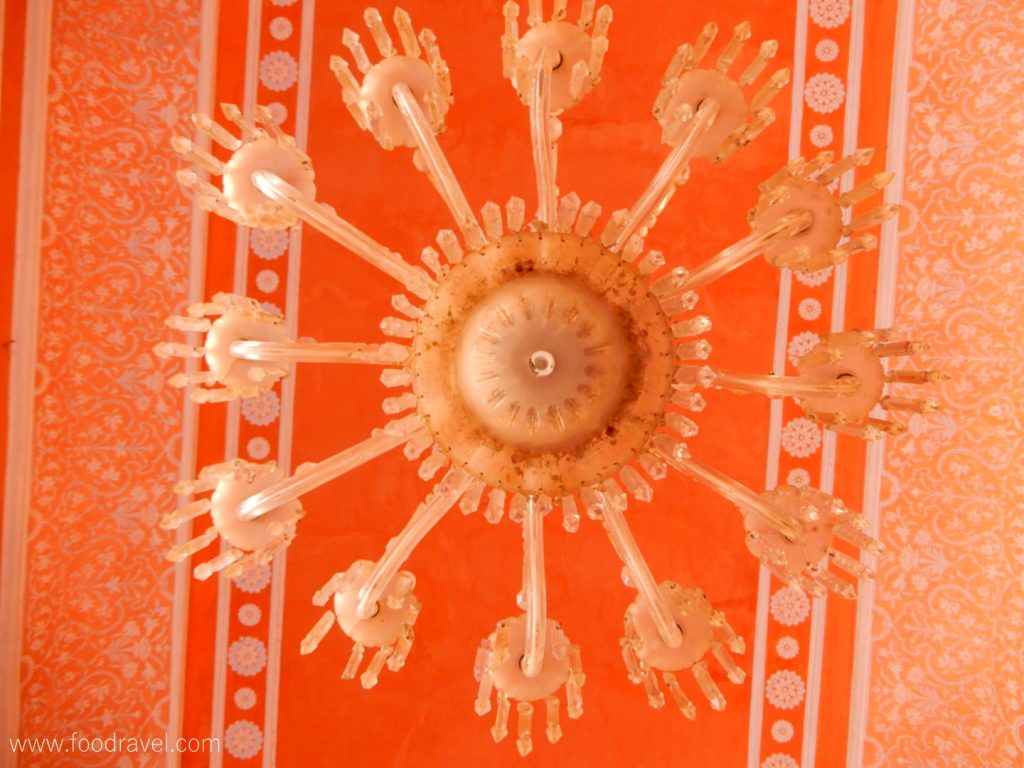

Diwan – E – Khas – Place for Special People
Photography is strictly prohibited inside this place. This place is really beautiful from inside. The ceiling is decorated with gold and red colours. They still look vibrant. You will get to see several paintings belonging to Mughal, Rajasthani and Persian art, embroidered rugs, ancient texts, carpets etc.
Bagghi Khana
A place which has a collection of several ancient palanquins and carriages, Bagghi Khana also has European cabs, all placed for display here. There is one bagghi which was gifted by Prince of Wales in 1876 which is known as Victoria Bagghi.


The Armoury
Maharani’s Palace – Anand Mahal Silega Khana, is now a museum which displays several weapons and arms. From a small scissors to a ten feet gun, from swords to horses, you will get to see everything here.
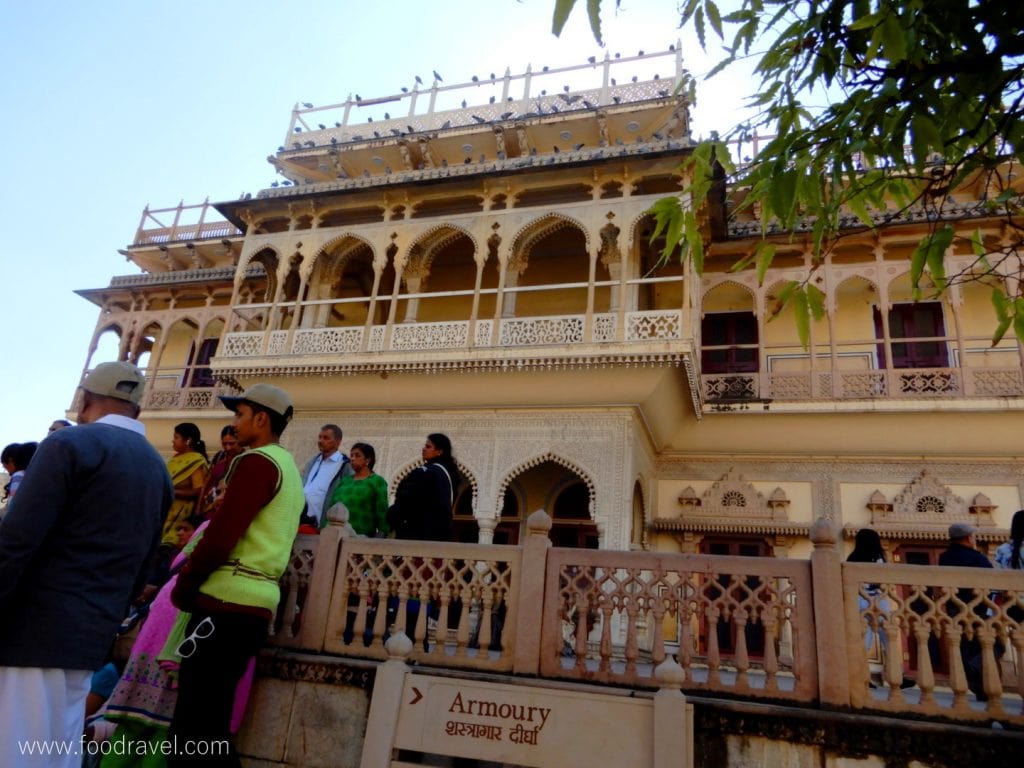
Hope you enjoyed this post. It took more than two hours to completely visit City Palace. There are several places inside the building, where any sort of photography is strictly prohibited. On doubt, the security people can even check your camera and phone. Once you are done visiting this place, you can move to Jantar Mantar which is quite close. The place is spread in a vast area, hence be ready to walk.

